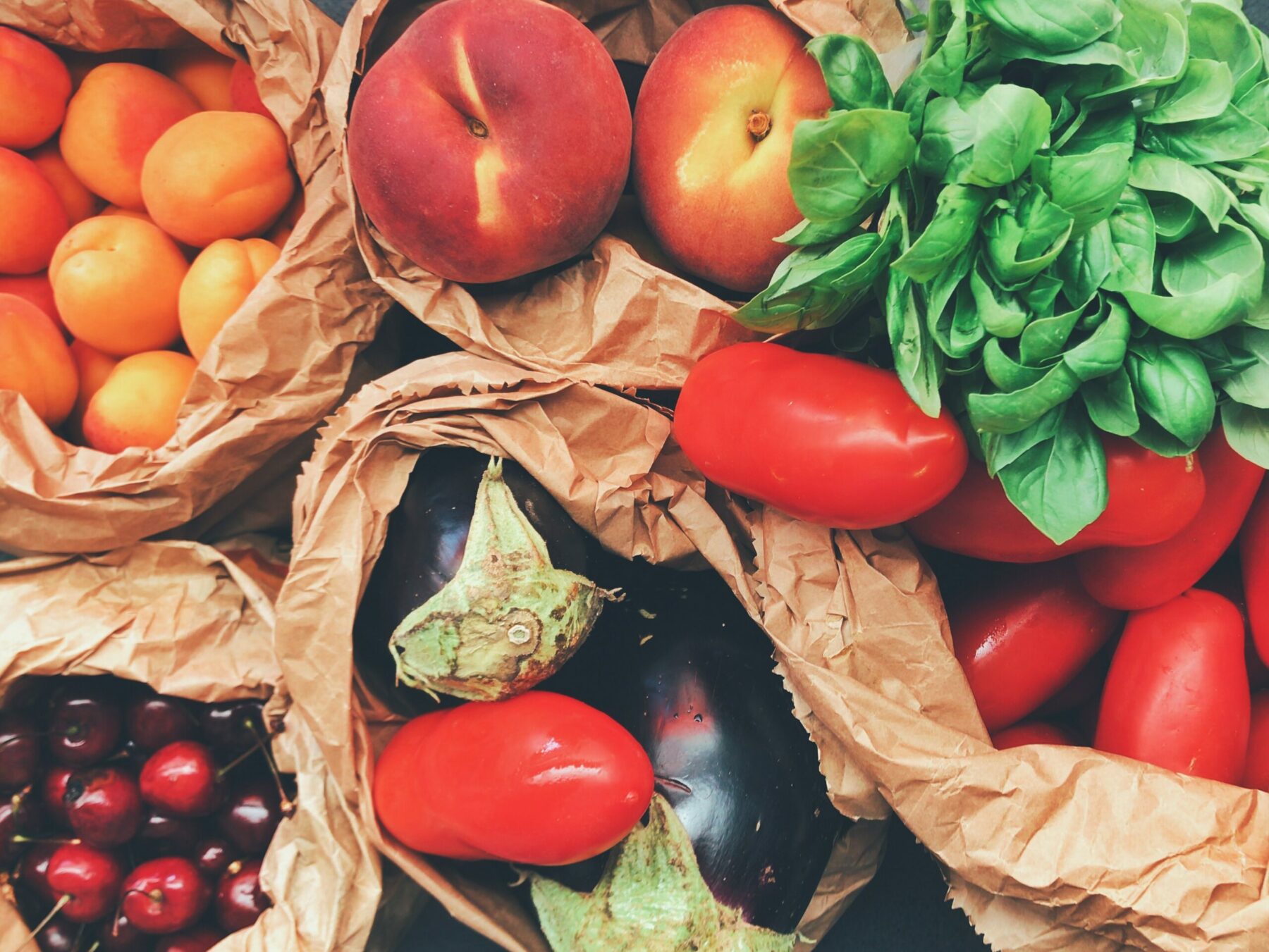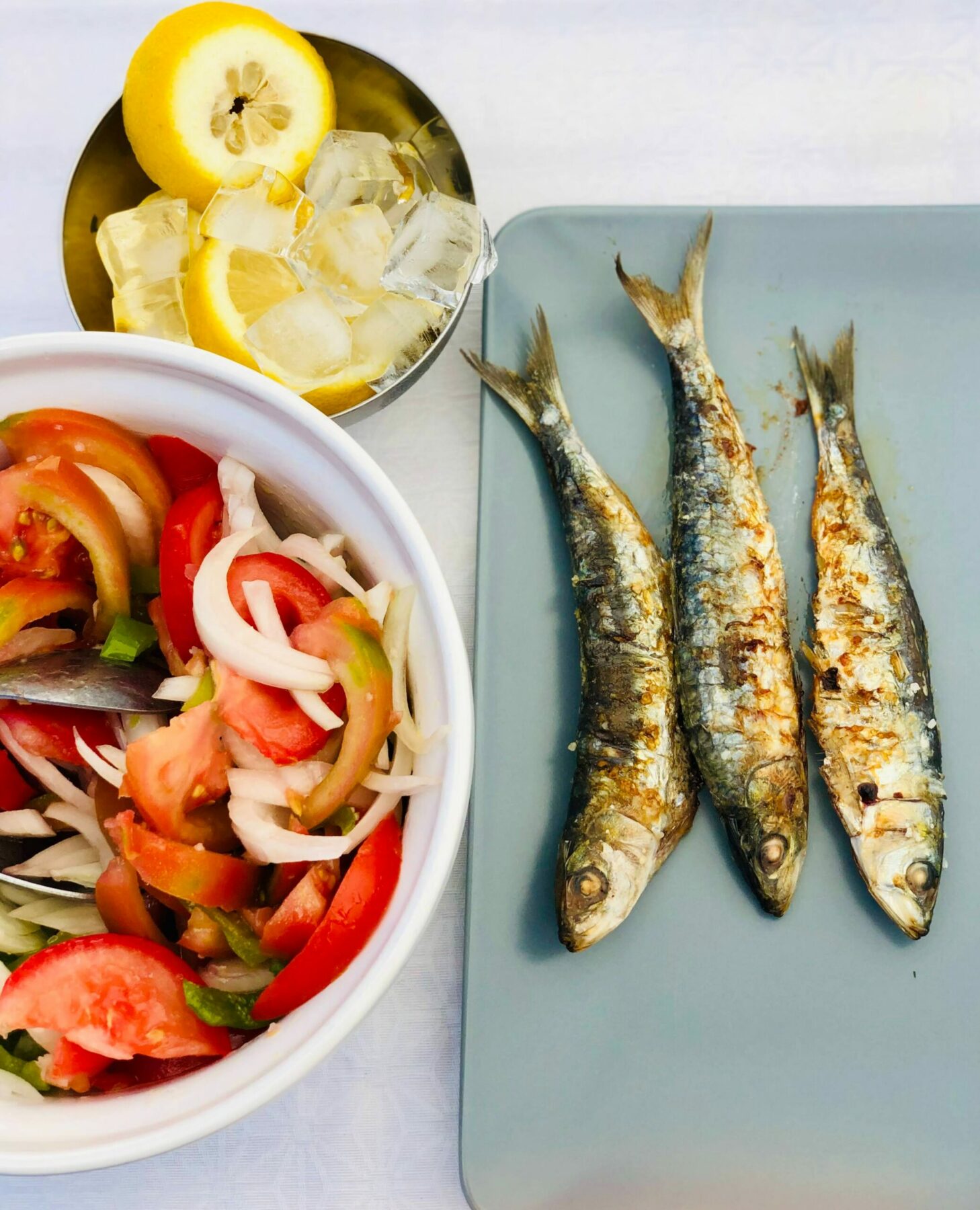Everything You Need to Know About the Pegan Diet

If you’ve been to a grocery store in the last 10 years, you’ve probably seen something about the newest fad diets, thanks to diet culture. Today’s food labels are filled with terms like “paleo- or keto-friendly,” “vegan,” “dairy- or gluten-free,” “no added sugars or preservatives,” and more.
Besides the recently popular keto and Mediterranean diets, the paleo and vegan diets seem to have been well-liked for the last few decades. The paleo diet focuses on the consumption of healthy fats and proteins that can be directly sourced from the earth’s natural resources. The idea is that if a caveman can eat it, so can you. On the other hand, the vegan diet focuses on fruits, veggies, plant-based proteins, fats and carbs. So if it comes from an animal, you can forget about putting it in your digestive tract.
What is the pegan diet?
Though both diets have pros and cons, American physician and New York Times best-selling author Dr. Mark Hyman has found the best of both worlds in a relatively new diet, which he introduced in a 2014 blog post and coined the “pegan diet.” The purpose of this diet is to promote clean eating through nutrient-rich, whole foods. In a video for Thrive Market, Hyman suggests 75% of a plate should be plant-based while the other 25% comes from grass-fed or pasture-raised animal sources.
What are the benefits?
According to Hyman in his initial blog post, the pegan diet is more sustainable than either the paleo or vegan diet because you are allowed to have more variety in your meals. However, dairy and gluten are still not allowed as the diet focuses on high-fiber, low-starch and whole foods, which might be good news for those with a lactose or gluten allergy/intolerance.
Though the diet is too young to have any research conducted on the long-term benefits of the pegan diet itself, some studies and testimonies from those who have tried the diet claim there are many health benefits that pertain to different aspects of the diet. These benefits include consuming less processed foods, decreased environmental effects, decreased inflammation, balanced blood sugar and better overall health. Other benefits include a decreased risk for certain diseases, obesity and bad cholesterol.
What are the downsides?
Like almost every fad diet, there are a few cons.
For the pegan diet, price is a large factor. If you’ve ever tried to pick up cleaner food items in grocery stores, you know it adds up quickly. A 2013 study by Harvard’s School of Public Health shows that healthy diet patterns can cost up to $1.50 more per day, which can increase yearly food costs by nearly $550.
According to experts, it also presents a number of restrictions that aren’t completely necessary, like limiting dairy, gluten and legumes. If you aren’t allergic or intolerant to these things, your body doesn’t need to cut them out. In fact, they can be great sources of healthy proteins, fats and whole-grain nutrients.

What can you eat?
Because the pegan diet combines paleo and vegan restrictions, it’s a bit more versatile with foods that you can eat. So, what are the “yes” foods?
You’ll want to consider lots of fruits and veggies. Look for ingredients that are low in starch and glycemic index, like berries, broccoli, carrots and tomatoes.
Minimally processed healthy fats should also be at the top of your list — like nuts, seeds and omega-3s. Look for nuts like almonds, pistachios and walnuts, but not peanuts. Chia, flax and pumpkin seeds are also great sources of healthy fat, but try to stay away from highly processed seed oils. Unrefined coconut oil, cold-pressed olive oil and avocado oil are great alternatives.
In order to get enough protein and nutrients that you won’t get as easily in plants, look for responsibly-sourced proteins. When shopping, stick to animal products that are grass-fed and pasture-raised. For example, beef, chicken, pork and eggs are primary sources of animal protein. You may also want to look for wild-caught, small fish that are high in fats and low in mercury, like salmon, herring, cod and mackerel.
Some ingredients are considered “yes” foods in small amounts or on occasion. For example, gluten-free grains can be eaten but should not exceed ½ cup per meal. Look for grains like quinoa, oats, amaranth, black rice and millet. Legumes may also be consumed but should not exceed 1 cup per day. Sugars and certain oils may be eaten occasionally, as treats.
What should you avoid?
Thankfully, the list of foods to avoid on the pegan diet is comparatively short, but it might seem much longer when you start shopping and cooking.
Of course, dairy and gluten make up the obvious “no” foods. Additionally, if the food has been treated with pesticides and/or made with preservatives or artificial colors, flavors, or sweeteners, you’ll want to put them back on the shelf or in the pantry. Starting the pegan diet means looking for the cleanest ingredients possible. Remember, if a caveman can hunt it and a squirrel can eat it, you can too.
If you are considering the pegan diet, especially as an aid for inflammation or intolerance, be sure to talk to your doctor first. If you are not a fan of eating animal meat for ethical reasons, consider staying on the vegan or vegetarian route, as there are many great plant-based proteins and healthy fat options out there!






